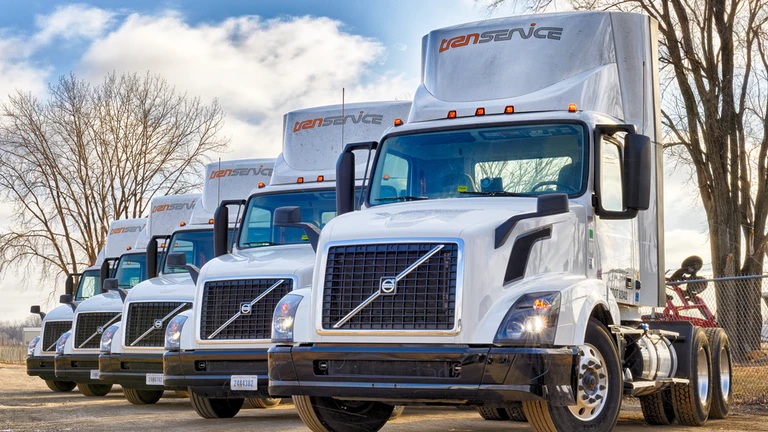The COVID-19 pandemic has caused many fleets to consider deferring asset replacement as they wait to see how the “new normal” might affect their operations.
A new benchmark study from Fleet Advantage found that fleets with newer trucks reaped benefits from those trucks being equipped with more advanced safety features. In addition, fleets with newer vehicles saw an increase in fuel economy and a decrease in maintenance costs.
However, the COVID-19 pandemic has caused many fleets to consider deferring asset replacement as they wait to see how the “new normal” might affect their operations. The problem I see with that approach is no one knows when this “new normal” will arrive. Will it be the end of this year? The middle of next year? 2022? How long are fleets willing to wait before making investments in their equipment?
Despite what is going on in the economy, the reality is that fleets cannot afford to practice extreme procrastination. They can’t afford to put off all asset replacements forever. History has shown us that deviating from our normal asset replacement cycle increases total cost of operation (TCO). Newer trucks are usually more fuel efficient than the older models they are replacing and although fuel is relatively cheap these days, it is still about 24% of a fleet’s total operating cost. Interest rates are at an all-time low, BUT if you are replacing a four-, five- or six-year-old truck, the cost of the replacement vehicles has escalated dramatically.
There is also the driver satisfaction piece. Drivers want to operate newer trucks equipped with the latest technology. While many people think the driver shortage has been solved. The pandemic has masked the shortage and the industry as a whole has not dealt with the fundamental underlying issues that have led to the shortage. But that’s another blog for another day…
Asset replacement is a balancing act between preserving cash, keeping maintenance costs in line, satisfying drivers and a host of other factors. Asset replacement cycles vary by fleet and are based on mileage, duty cycle, etc. While it might make sense to extend leases for a few months or keep an asset for a little longer, ultimately, deviating too much from the replacement cycle that was determined based on careful analysis will end up costing a fleet money — and potentially a lot of money. As I said, a balancing act between what we were going to replace versus what we have to replace.
If you put off asset replacement until there is an actual need, you may find that you are unable to get vehicles when you want them because of availability issues from the vehicle manufacturer. You could end up facing that next set of “major repairs.”Let me be clear, I am not talking about swapping out your entire fleet; I am suggesting that you not deviate too far from your normal replacement cycle or you will miss out on the safety and fuel economy benefits of newer vehicles.
If you want to be successful in the new normal — whenever that is — you need to start preparing now. It is not an “all or nothing” decision, or it doesn’t have to be with a focused plan. _______________________________________
Joseph Evangelist joined Transervice in 2007 and currently serves as executive vice president of sales, operations and staff responsibilities. Heavily involved in new business development and account management, his day-to-day focus consists of post-acquisition assimilation planning to maximize new growth and business combination opportunities.
Source: https://www.fleetowner.com
CUT COTS OF THE FLEET WITH OUR AUDIT PROGRAM
The audit is a key tool to know the overall status and provide the analysis, the assessment, the advice, the suggestions and the actions to take in order to cut costs and increase the efficiency and efficacy of the fleet. We propose the following fleet management audit.




